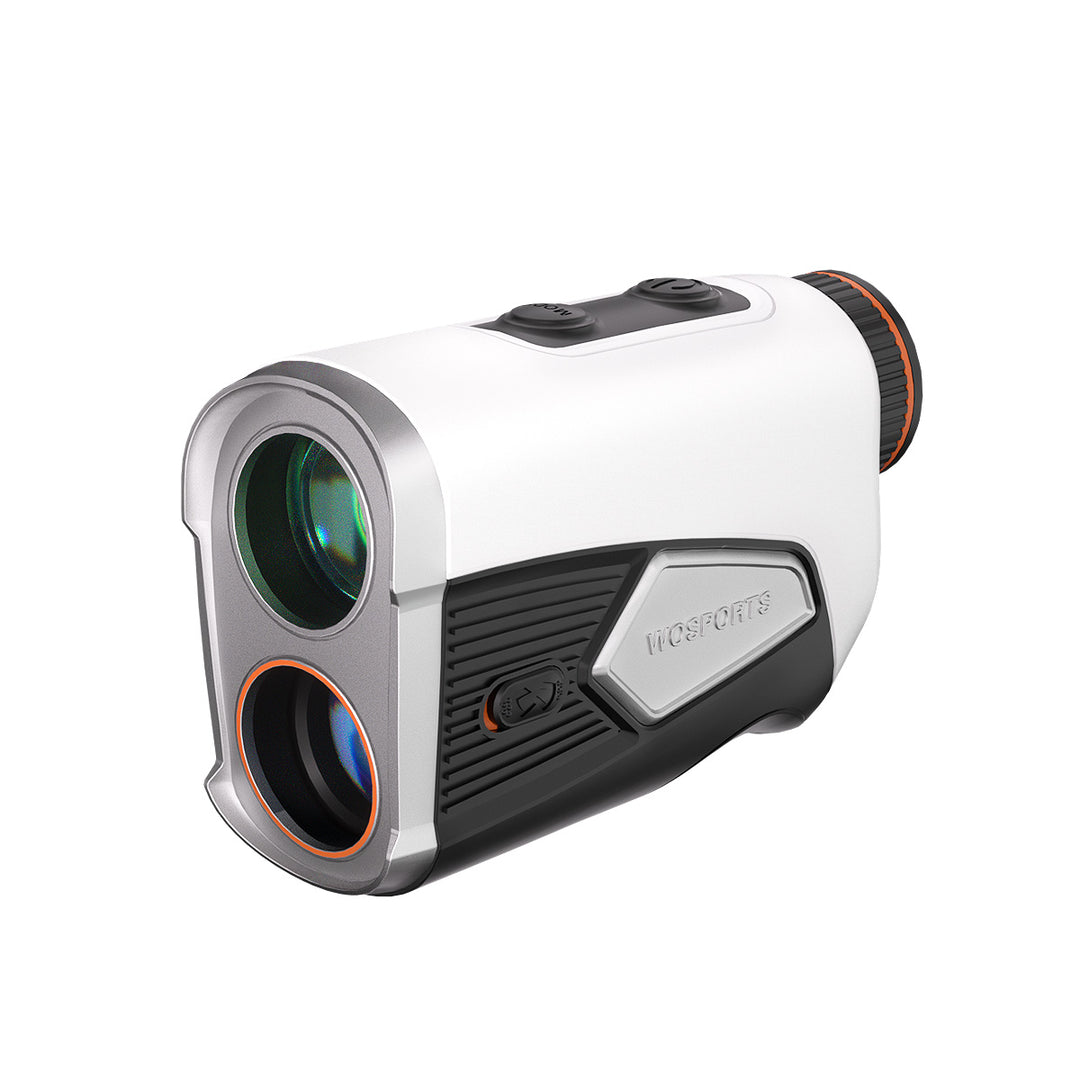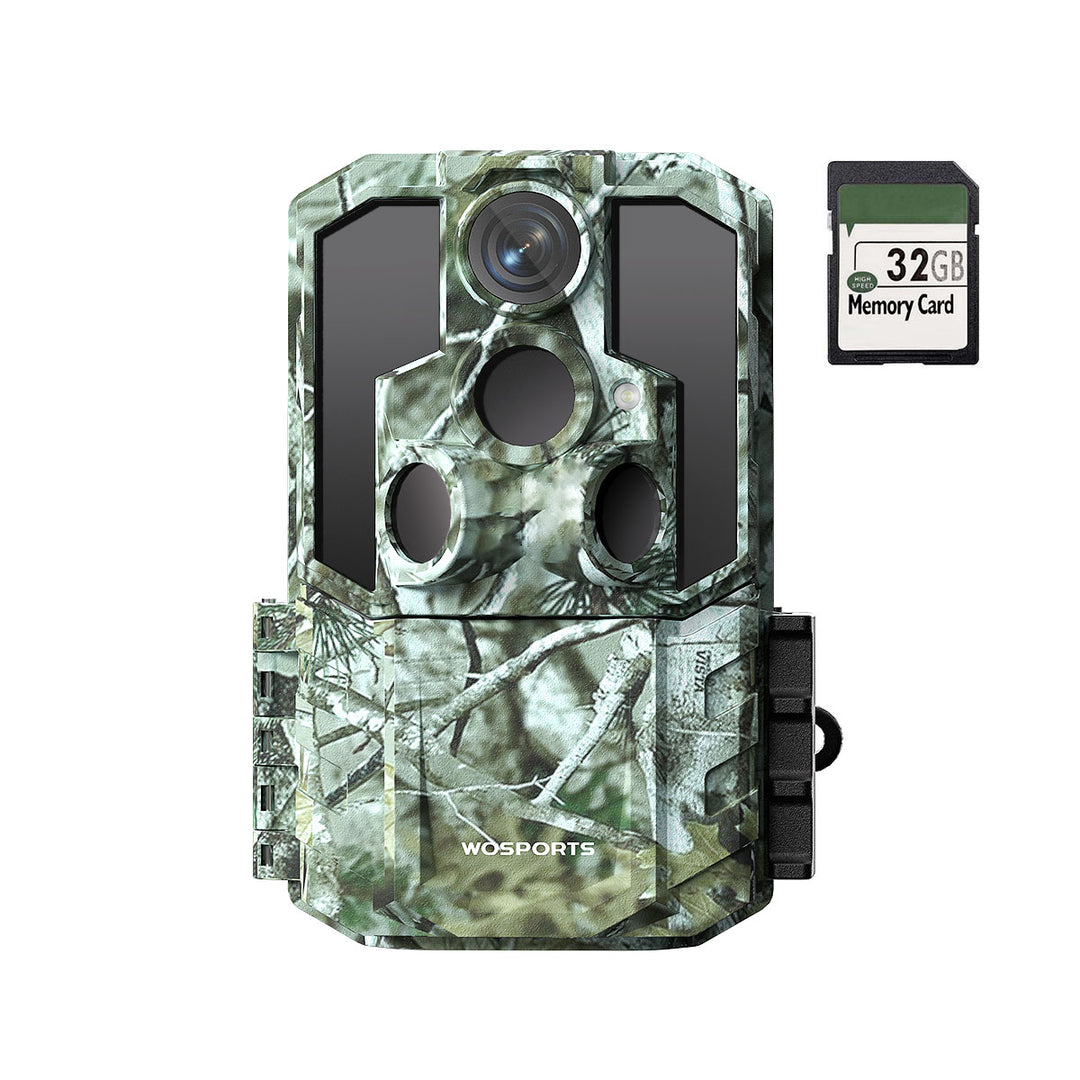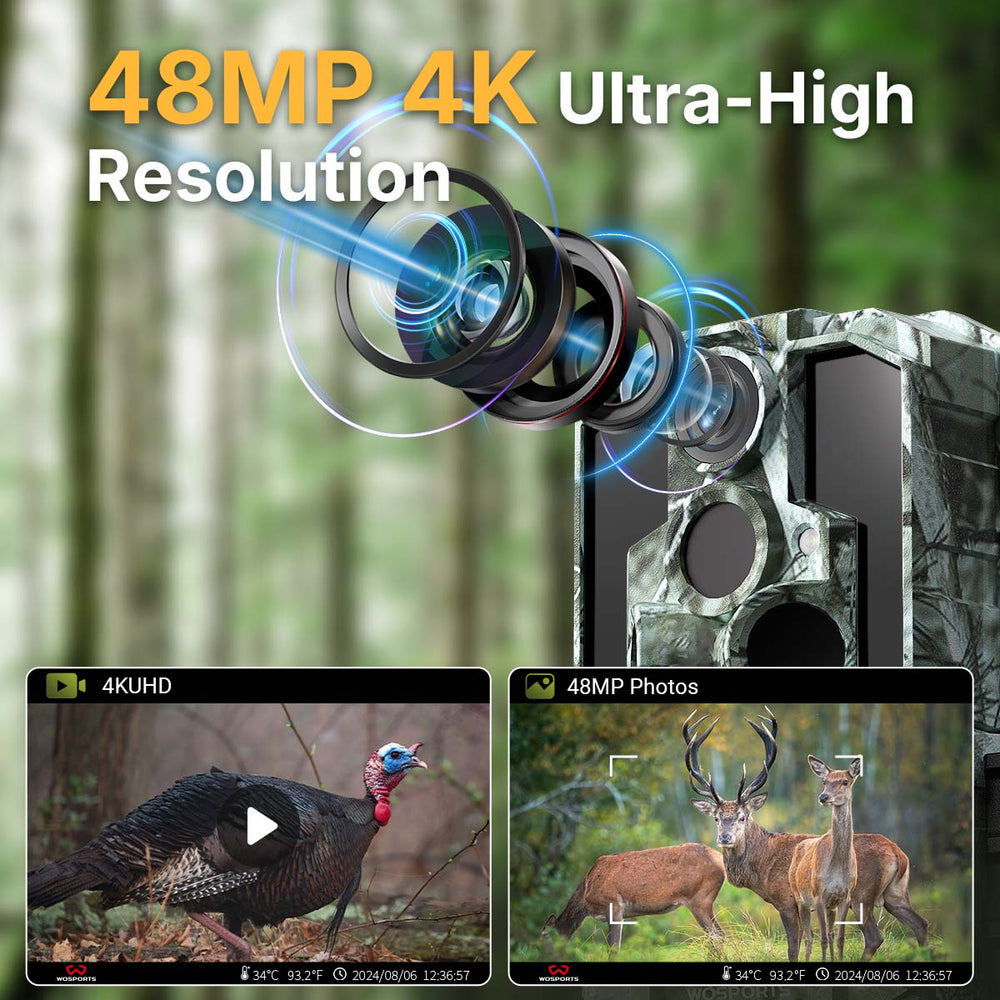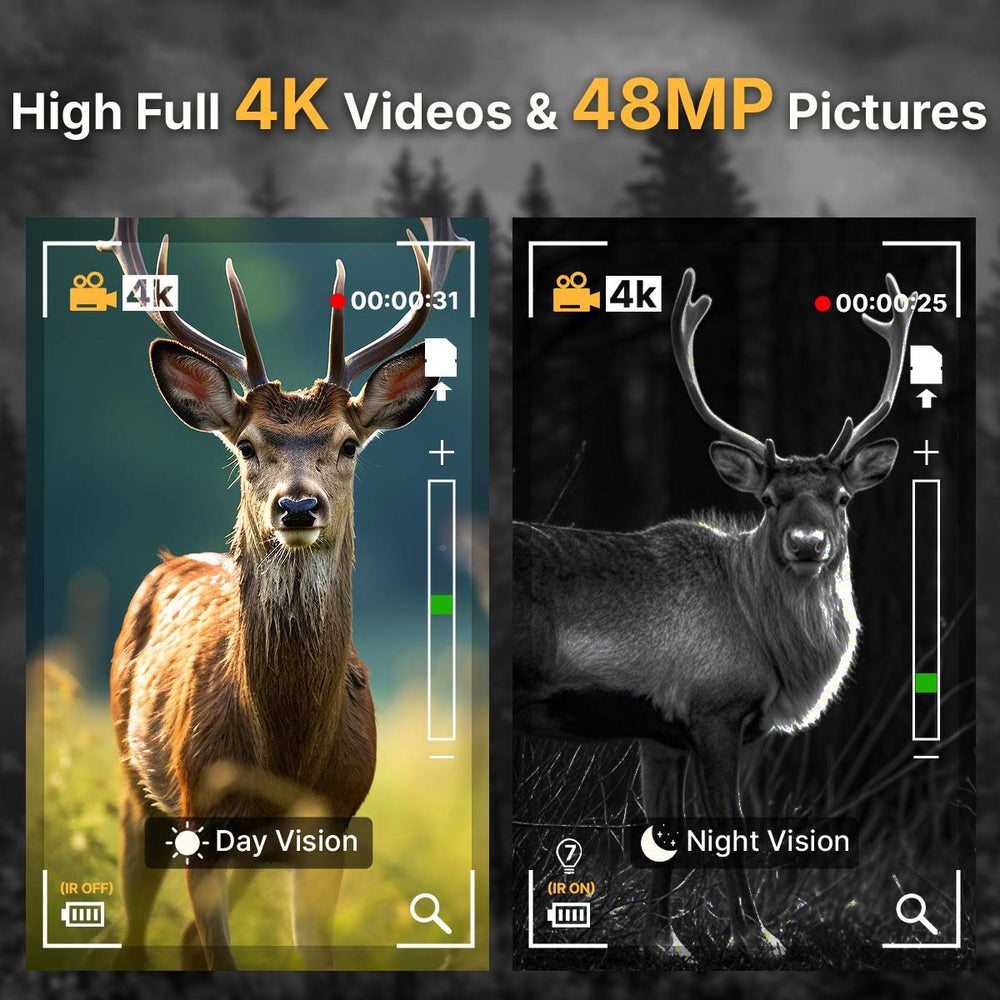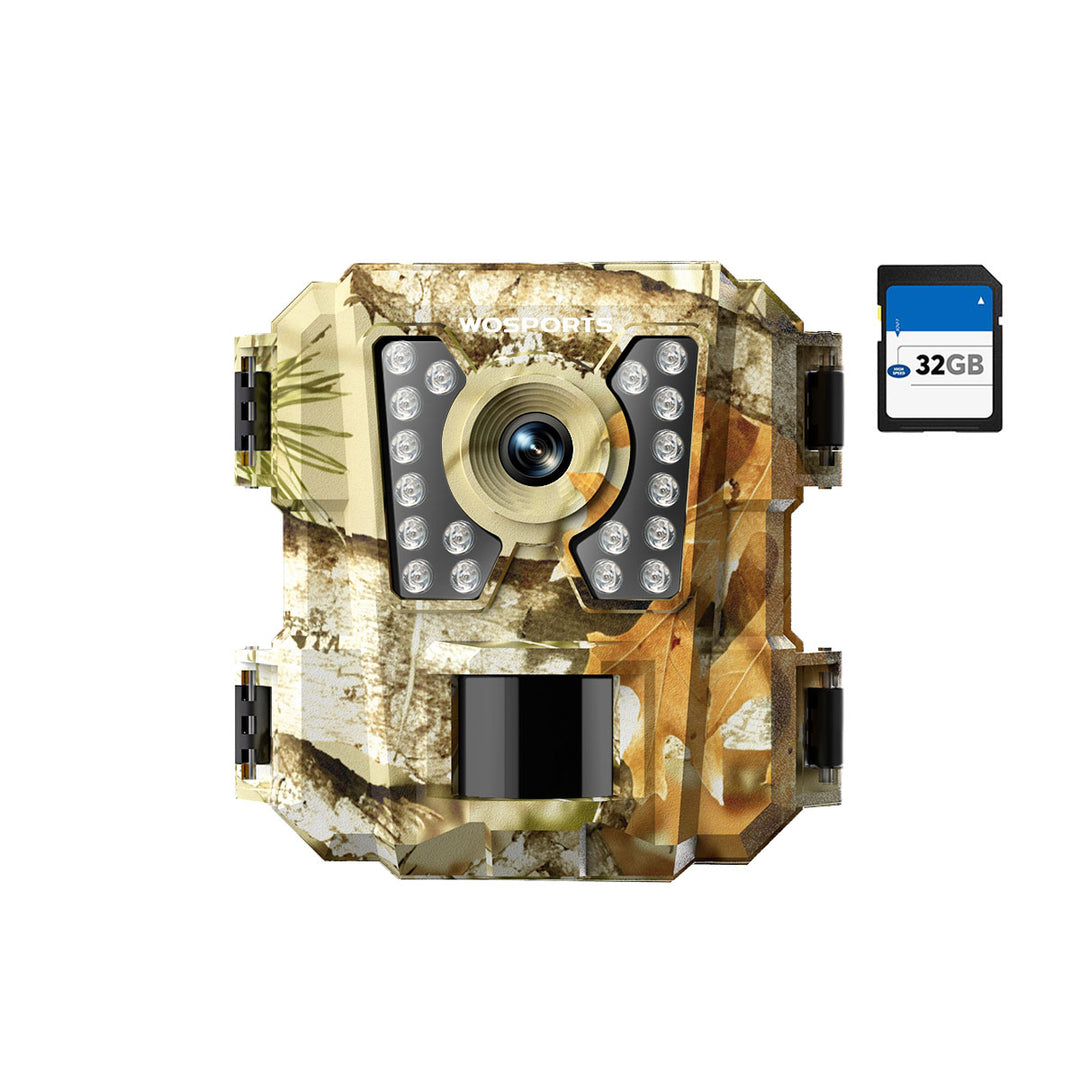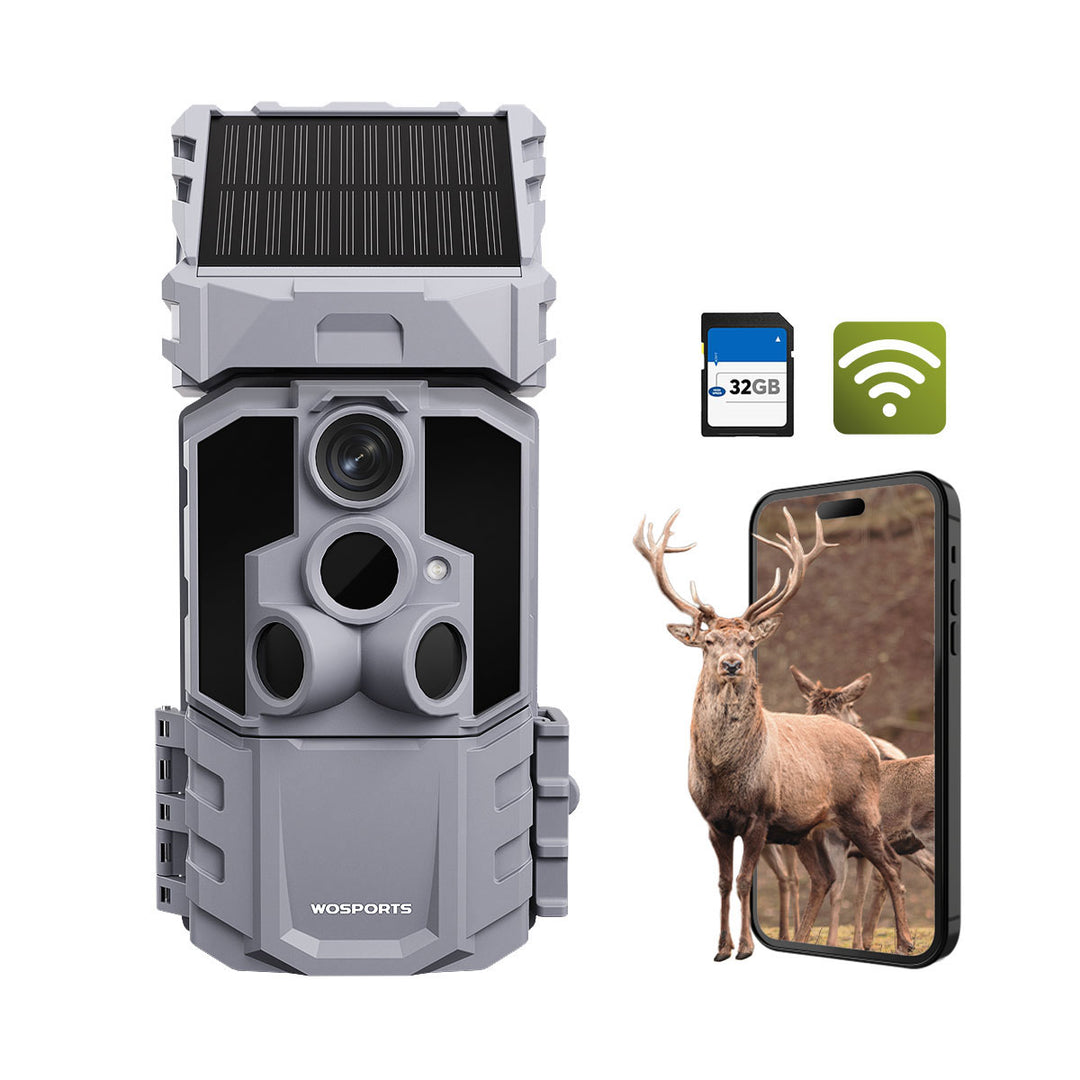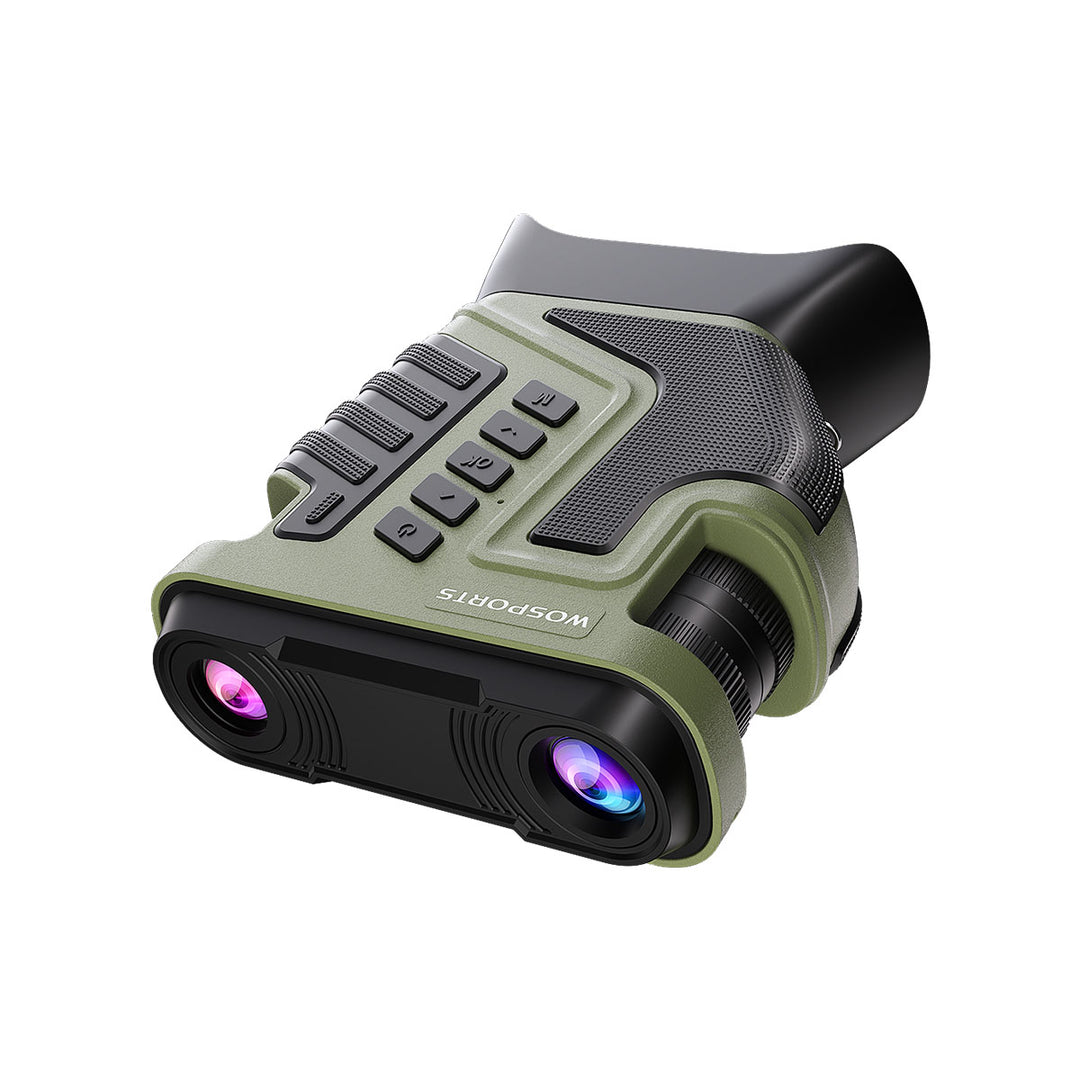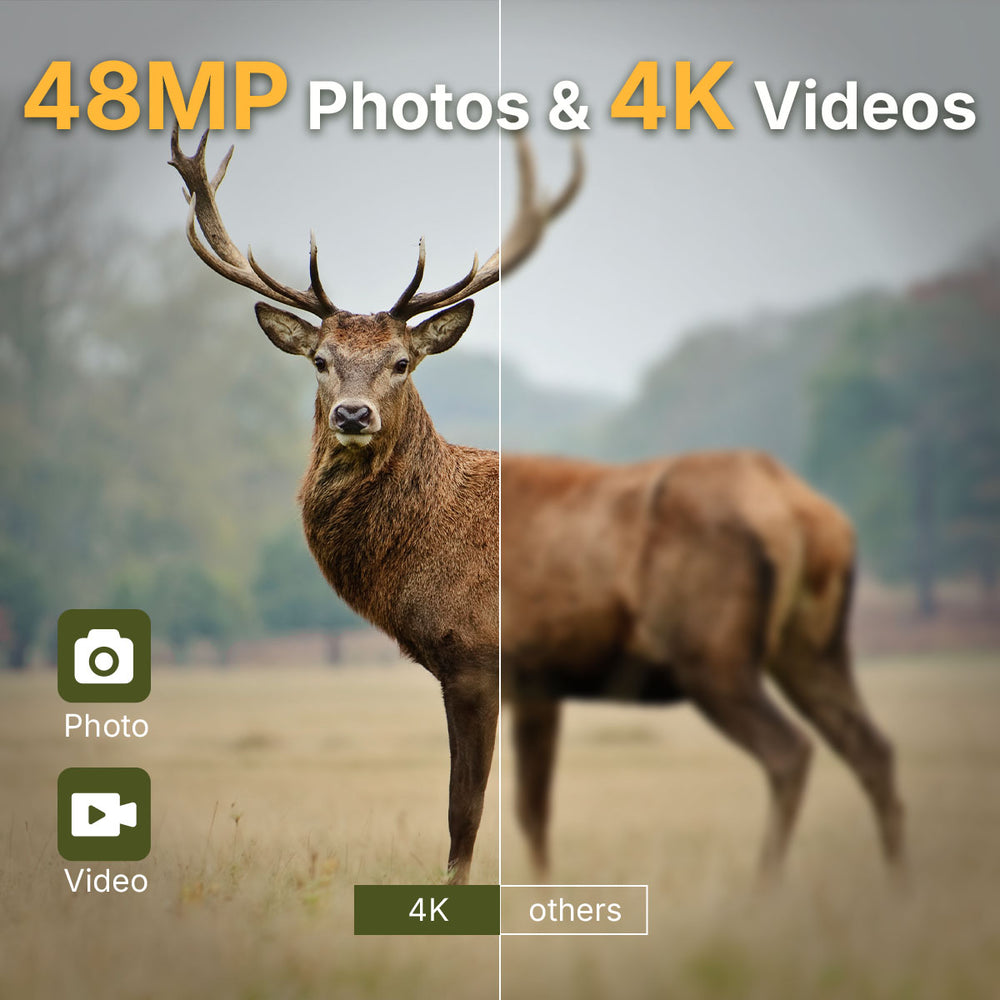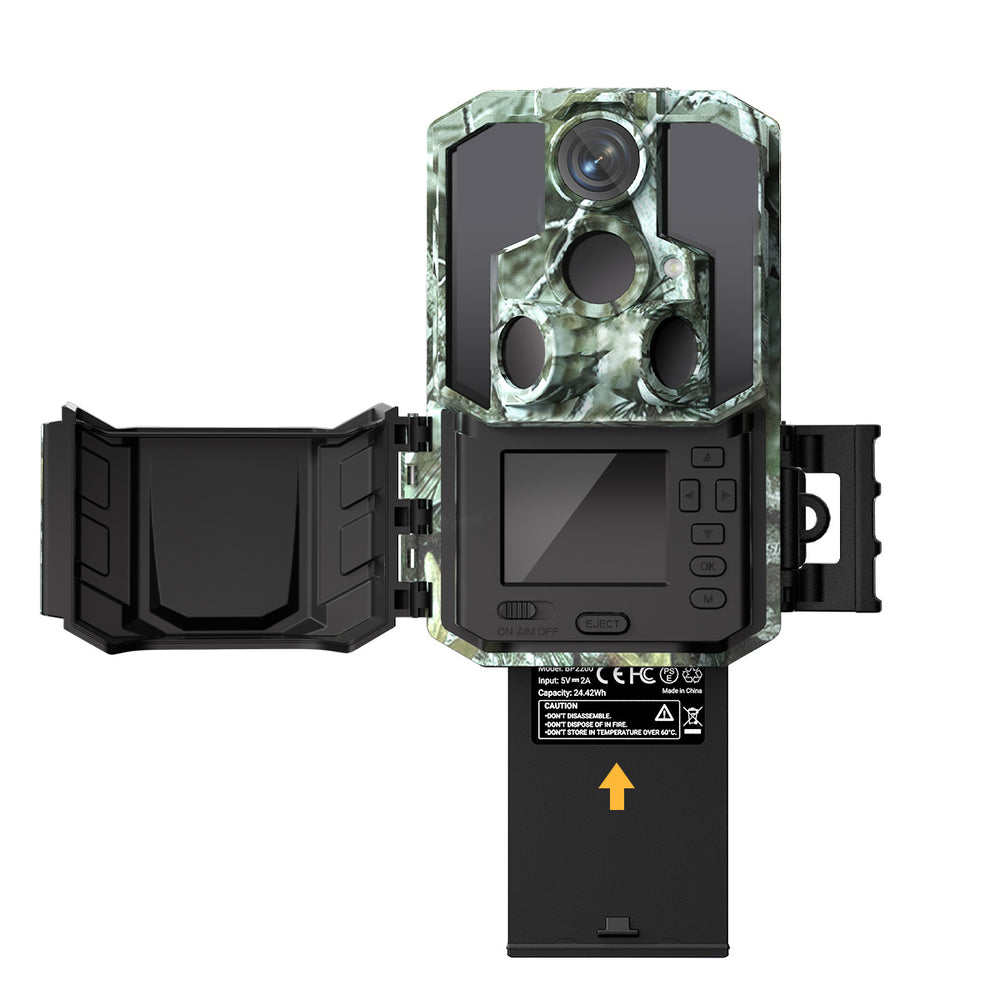How to Manage Trail Camera Data Efficiently?
Every SD card tells a story, often thousands of images deep. But without a plan to organize, store, and analyze that data, valuable insights get lost in the shuffle. Let’s explore how to sort, store, and analyze your trail camera data like a pro.
1. Start with Smart File Organization
To handle your trail cam data, get things in order before you have tons of files. Each time you get your SD cards, do the same thing:
Make a folder using the date and where the camera was. Like this: 2025-10-12_RiversideTrail_Camera1. This keeps data from different times of the year and places apart. This makes it easier to compare later.
Rename groups of files by date, what animal it is (if you know), or time of day. Lots of photo programs let you rename files automatically.
Make folders like /photos and /videos. This makes it easier to look things over later. It also stops your computer from lagging when looking through lots of files.
2. Use the Right Tools for Sorting and Review
Manually checking thousands of photos is exhausting. The good news? There are great tools to help you browse efficiently.
Photo software: Some programs let you check out and tag loads of photos super fast with no slowdown.
AI sorting: Cameras such as the WOSPORTS outdoor trail cameras can recognize animals and name files automatically (like turkey, deer, or person). This can save you a lot of time.
Cloud apps: If your have WiFi solar trail camera, you can sync photos straight to a folder. This way to get to them from anywhere.
3. Delete the Noise — Keep Only What Matters
False triggers are part of every trail camera experience. Wind, light, or small movements can fill your card with “empty” shots. Clearing them regularly keeps your library meaningful and your storage healthy.
Keep only the best and most informative shots. Don’t be afraid to delete — clutter slows everything down.
4. Back Up Your Trail Cam Data
Trail cameras collect data over long stretches, so a corrupted SD card could wipe out months of work. To avoid losing everything, back up your files regularly.
Here’s a simple way to do it:
- First, save your files on your main computer or an external hard drive.
- Second, upload them to a cloud service like Google Drive, Dropbox, or OneDrive.
- Third, make an offline copy on another drive or memory stick, just in case.

5. Categorize by Species, Time, or Behavior
Grouping your data by what's happening in the images makes it easier to spot trends.
Here are some ideas:
- By Species: Make folders named Deer, Raccoon, Birds, etc.
- By Time of Day: Split the images into Daytime and Nighttime to study animal habits.
- By Location or Camera: See which spots get the most action.
- By Behavior: Take note of stuff like eating, mating, or fighting so you can understand animal actions better.
Why Does My Trail Camera Take Empty Photos?
6. Change and Refresh Your Cards Regularly
Implementing a rotation system for SD cards can be a simple and effective way to ease data management. You can name them (for example, Card A, Card B, Card C) and exchange them at each field check. One card is recording new data while another one is being reviewed or backed up.
This process not only maintains your system but also minimizes the wear on the cards since they are not being constantly deleted and rewritten in the field.
Tip: Always use high-grade SD cards (Class 10 or above). Low-cost cards are more likely to get corrupted, especially in conditions of outdoor moisture or temperature changes.

7. Secure Your Data for the Long Term
If you're collecting data from trail cameras for studies, think about saving those old folders. Just compress them into .zip files and stick them on an external drive. Make sure you label them by year, like 2025 Wildlife Archive.
That way, you'll have a record of what changed in the environment and how animals acted over time that you can look back on or show others later.
Search
Popular Posts
Recent Posts

Nov 28, 2024
Troubleshooting Common Trail Camera Issues
Jan 10, 2025
Why Does My Trail Camera Stop Working at Night?

































